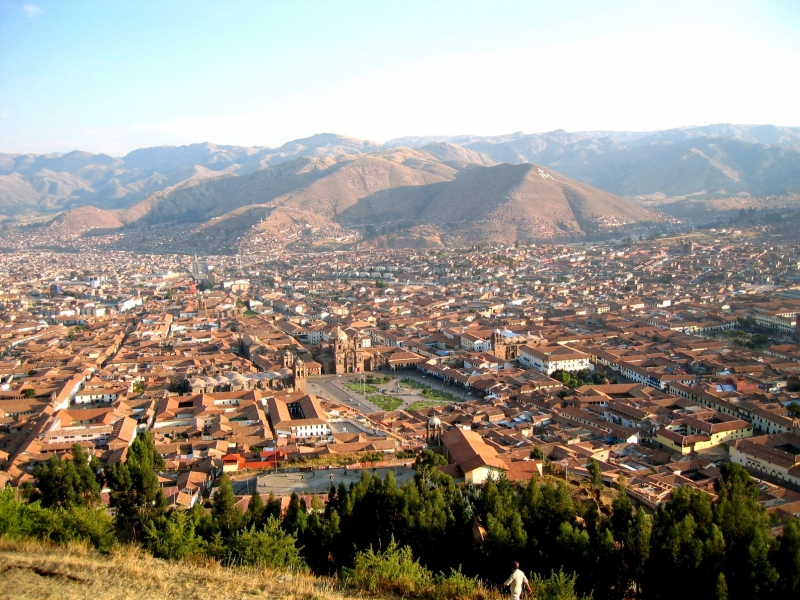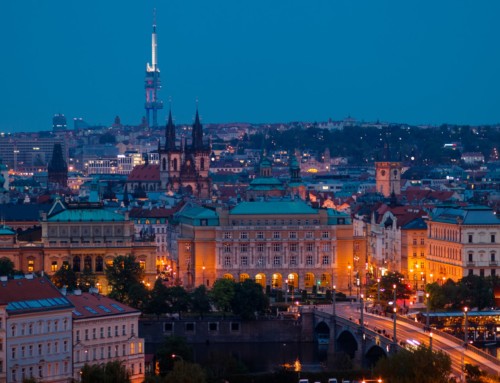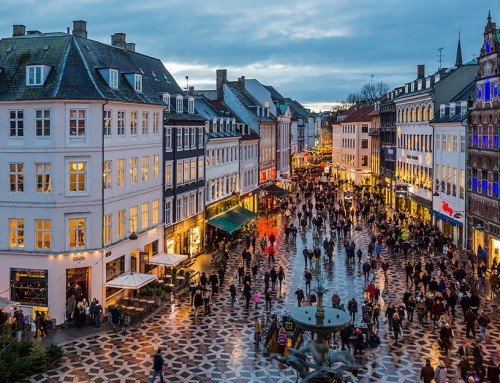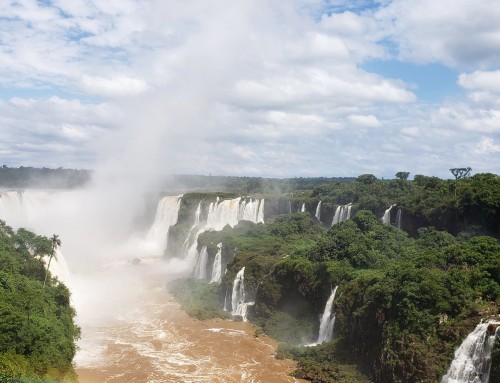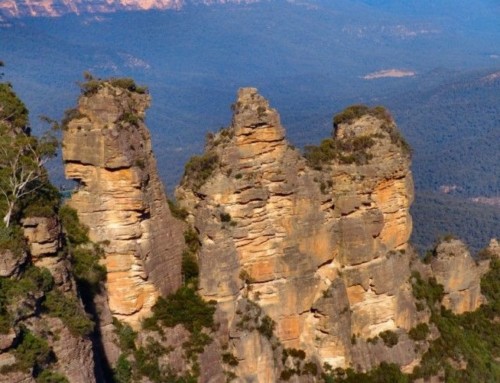Cusco attracts many tourists as it is from this city in Southern Sierras that the tourists begin visits to Machu Picchu and the Sacred Valley of the Incas. It is a World Heritage Site. Cusco is Peru’s largest city.
Cusco has preserved its colonial architecture and also its history. As the tourists walk down the lanes of Cusco, they see that the city is full of indigenous Quechua culture in the Andes. The city square displays a number of colonial Spanish buildings along the Inca walls that line the square.
Cusco is surrounded by many ruins. The inhabitants wear their traditional dress. The city offers the tourists a pleasurable night life. Tourism in Cusco is growing at a very fast pace.
Sacred Valley
The Sacred Valley of the Incas lies between Cusco and Agus Calientas. Sacred Valley has a number of archaeological sites and thus the visitor gets to know about Peruvian life. The locals here still practice their customs and celebrate century-old festivals. The town close to Sacred Valley is Ollantaytambo. Tourists begin their Machu Picchu hike from this town.
The Sacred Valley has incredible scenery and at every footstep history unfolds itself. You can do paragliding in the valley and visit the towns around it. The Sacred Valley has attracted many a tourist not only for its history but for its hidden beauty nestled high in the mountains.
Pikillaqta
Pikillaqta is 20 km east of Cusco in the Quispicanchi Province. It is a large Wari culture archeological site. The Wari community lives in Pikillaqta. It is a hilly region with no rivers but only small lakes. The climate here is cold and dry. The site of Pikillaqta was discovered in the year 1927. The Wari cultivated maize and painted pottery. There is a hydraulic network here through which people and crops are supplied water. A number of religious practices are followed by the inhabitants of Pikillaqta. The trade of gemstones is carried out from this place. A number of bluish-green figurines are found in Pikillaqta. It attracts visitors and tourists to view the ruins of the once lazy city called Pikillaqta.
Pikillaqta is a natural archeological park and the entire landscape brings the curious visitor to it.
Moray
The visitor here gets to see the vast eye-catching and stunning ruins at Moray. Moray is an archeological site in Peru. It lies 50 km northwest of Cusco. Maras a village lies west of Moray. A series of terraces gives this place a look of a Greek amphitheater. It looks like a huge bowl-like depression. The visitors walk from the top to the bottom of this bowl. There is a difference in temperature which one notices between the top and the bottom of the structures. This was perhaps done by the Incas to study the effects of climatic condition on the crops grown here by them. In modern time, such experiments are done in greenhouses. The world’s food crops especially the different varieties of maize and potatoes originates in the Andes. Moray lies on a high plateau at about 3500m.
Cathedral of Santa Domingo
This cathedral is built in Baroque-style. Cathedral of Santa Domingo stands proudly as the most attractive Spanish colonial church in Americas. The visitors see a number of paintings on the walls of the cathedral. Some of these are from the Cusquena School of paintings, a painting of the Last Supper with the main dish of a guinea pig. This is a Marcos Zapata painting.
Cathedral of Santa Domingo has a huge bell which hangs from one of the towers. It is the largest bell in South America. The altar is made in silver and is the cathedral’s centerpiece. You will see carvings of saints, popes and bishops. On each side of the nave are situated the five chapels. One enters the cathedral through the Iglesias de Triunfo the first Christian church in Cusco.
Around Cusco
There are many other interesting sites to visit around Cusco. You could head to Sacsayhuaman, the former capital of the Inca Empire. The Qurikancha, Tambomachay and still others. Each surprises the visitor with its own past history.
The tourist can find decent accommodation in the hotels at Cusco. You will like to have a taste of the local flavors of Cusco found at its eateries. The visitors can but local hand-crafted articles, sweaters, scarves, handbags, wall hangings, etc., all made by the communities of Cusco and its surrounding areas. The peak tourist season is from June to mid-September.
Tourists touch down at Velazco Astete International Airport, Cusco. From there starts the vacationers travel to unravel the hidden Inca history within its ruins.

